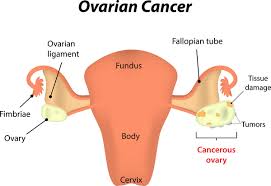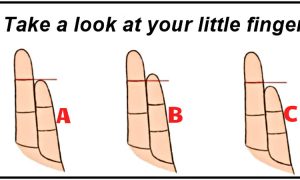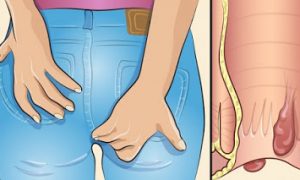Your ovaries are obviously an important part of your womanhood. Unfortunately, they can turn against you in the form of ovarian cancer. If you’re diagnosed with the disease or told that you have an increased risk of developing it, it’s important to know what you’re dealing with.
Here are five things every woman should know.
1. There are less than 200,000 cases per year.
These are the numbers for ovarian cancer throughout the whole world, but within the United States, it’s only about 20,000 women. Your chance of developing ovarian cancer is only 1 in 78, which is great news.
This is an extremely small percentage, especially when compared to the 250,000 women in the United States alone who will be diagnosed with breast cancer each year.
2. Early detection is vital.
If you’ve been up to date with your yearly physicals, you know that any women over 21 should be checked for ovarian cancer regularly. Although the screening process for ovarian cancer is not as thorough as it could be, the Pap smear is one of the most convenient ways to test for it.
It’s recommended that those between the ages of 21 and 29 should get a Pap test every three years and those who are 30 to 65 years old should get a test more often, perhaps once a year or every two years. Your doctor may decide you don’t need one quite as often if your family has no history of cancer.
If you’re diagnosed with ovarian cancer, seek treatment from a gynecological oncology specialist right away. Your odds of beating it increase the faster you start treatment.
Unfortunately, the early signs of ovarian cancer are vague, and about half of the women who are diagnosed will die because it was not caught early enough. You often don’t experience any symptoms until the cancer has already grown and spread. That makes getting a regular Pap test absolutely vital. Detecting it at your regular visit could save your life.
3. Know the symptoms anyway.
Although you’re going to commit to getting a regular Pap test (right, ladies?), you should still recognize the symptoms of ovarian cancer. Here’s a list to keep in mind.
- Back pain
- Pain or pressure in your abdomen (below your stomach and between your hip bones)
- Abnormal vaginal discharge
- Abnormal urination habits, like the urgent need to go or frequent urination
- Constipation or diarrhea
- Vaginal bleeding, particularly after menopause
Of course, experiencing these symptoms occasionally or individually is not necessarily an indicator of cancer. However, if the symptoms persist for more than a couple of weeks, or you have many of them at once, you need to see your doctor. You know your body better than anyone, and if something feels off, it’s always better to be safe than sorry.
4. Most women are over the age of 60 years old when they’re diagnosed.
It seems strange that you would be diagnosed with ovarian cancer after you’ve already been through menopause, but that’s when most women receive their diagnosis. Once you hit middle age, your risk factors heighten. About 90 percent of ovarian cancer cases occur in women older than 40 with the majority occurring in those 60 or older.
That’s why it’s recommended that you get a Pap test more often after the age of 60. If you have a family history of cancer, your doctor may recommend a yearly screening including a vaginal ultrasound to prevent undetected cancer.
5. There are more than 30 types of ovarian cancer.
Each cancer is categorized based on the kind of ovarian cells that the cancer develops from. The most common type is epithelial tumors, aptly named since they come from the epithelium cells. These cells surround the outside of the ovary. About 90 percent of ovarian cancer involves epithelial tumors.
With so many types of cancer, this increases the challenges that oncologists face when trying to successfully defeat it. Unfortunately, epithelial tumors are the most difficult to detect, so they’re often not diagnosed until the later stages of the illness.
In any case of cancer, knowledge is the key to beating it. The more you know about the symptoms, risk factors, and your likelihood of contracting the disease, the faster you’ll be able to catch it.






















